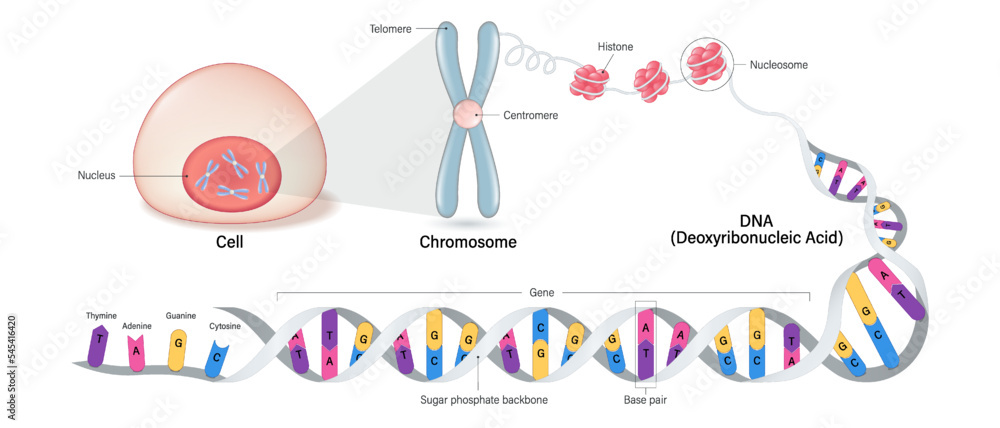A recent study published in Horticulture Research has unveiled the first-ever telomere-to-telomere (T2T) gap-free reference genome of wild blueberry (Vaccinium duclouxii). This significant development provides valuable insights into the high soluble sugar and anthocyanin accumulation of this unique species.
Blueberries, known for their delectable taste, balanced sweetness and acidity, and rich nutritional content, have long been sought after for their numerous health benefits. However, the limited genetic resources available for cultivated blueberries have hindered their potential for development and utilization. As a result, harnessing the genetic resources of wild blueberries for breeding purposes is crucial in improving the resilience and quality of cultivated varieties.
Vaccinium duclouxii, a wild blueberry species native to the southwestern region of China, possesses exceptional nutritional, medicinal, and ornamental value. It is characterized by its strong resistance and adaptability to different environments. However, the lack of a high-quality genome has severely impeded its application and progress.
To address this limitation, researchers utilized PacBio HiFi, ONT ultra-long, and Hi-C sequencing data to conduct a T2T de novo assembly of the V. duclouxii genome. The assembled genome displayed a size of 573.67 Mb and successfully captured all 12 chromosomes without any gaps, resulting in a total annotation of 41,953 genes.
Repetitive sequences constituted 54.84% of the genome, making it the most complete and high-quality genome available for the Vaccinium genus. Furthermore, by integrating transcriptomic and metabolomic analyses, the study shed light on the underlying molecular mechanisms responsible for sugar and acid accumulation, as well as anthocyanin biosynthesis during the ripening process of V. duclouxii.
This breakthrough research not only serves as a foundation for comprehending the evolution of the Vaccinium genus but also provides crucial insights for future genetic improvement and breeding endeavors in the world of blueberries. By unlocking the secrets encoded within the telomere-to-telomere genome of wild blueberry, scientists and breeders can now develop enhanced varieties that possess even higher levels of soluble sugar and anthocyanins, further elevating the nutritional and sensory qualities of this beloved fruit.
Through this pioneering study, the potential for cultivating blueberries with improved characteristics and increased resistance to various diseases and environmental challenges becomes more attainable. The availability of a comprehensive genome reference also enables researchers to explore additional desirable traits such as antioxidant levels, yield, and shelf life, ultimately benefiting consumers and the agricultural industry alike.
Moving forward, scientists can harness this newfound knowledge to accelerate the breeding process, reducing the time and resources required to develop new blueberry varieties. The breakthrough in understanding the intricate genetic makeup of Vaccinium duclouxii paves the way for innovation and advancements within the blueberry industry, ensuring a brighter, tastier future for blueberry enthusiasts across the globe.
*Note:
- Source: Coherent Market Insights, Public sources, Desk research
- We have leveraged AI tools to mine information and compile it

